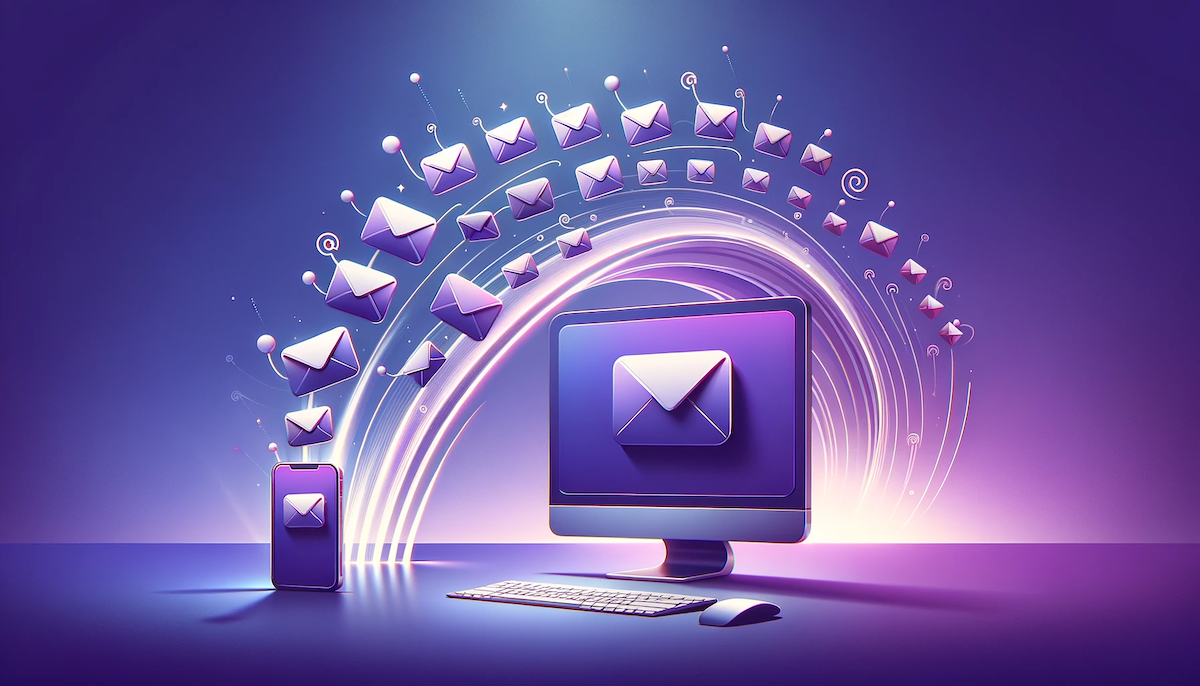This article is the second installment in the “SaaS Weekly AI Mini-Series,” where we interview AI-based SaaS founders on how they built a mission-critical product.
Introduction
Two levers for growth

At a high level, there are two levers you can pull to drive pipeline growth:
1) You can either increase the volume of leads at the top of the funnel
2) OR you can increase the stage-to-stage conversion rate of existing leads
While brand campaigns, paid ads, and social media activity help to increase awareness and acquire new leads, an unsexy approach to growth falls in the second bucket – email nurtures.
Why you should be sending more emails
Continuing the conversation
Email marketing is the bread and butter of increasing your conversion rate and building pipeline. Here’s why.
Not every lead that comes in is ready to buy your product. There is still trust that needs to form and a relationship that needs to be built.
Imagine you just met someone, and after the introduction, they immediately tried to sell something to you. You would likely be turned off from that interaction and you probably wouldn’t want to talk to them anymore.
However, on the flip side, imagine if you just listened to this person speak and you wanted to learn more about them. But after your first conversation, they ghosted you. No follow-up, just silence. You would be pretty bummed.
Email nurtures help you avoid both of these interactions.
The goal of SaaS email nurtures
The goal of your email campaigns is to build a relationship. It’s that simple.
I know what you’re thinking: isn’t the goal to hand the leads to Sales? Yes and no.
Great email nurtures help leads self-select themselves into the sales process. By consistently providing a ton of value, a lead will naturally progress through the buying journey.
The Email Equation: Emails = Value Provided x Consistency Over Time
I often say – trust is the battle that comes before product adoption. And the only way to build trust is through consistently providing value over time.
Email nurtures help your company become the go-to source of value for your audience. Your blog is the outward communication channel that attracts interest, while your email sequences nurture interest into intent.
Incremental effort, outsized impact
A huge benefit of email marketing is that you don’t need to create content from scratch.
While you do need to be thoughtful about the structure of your email nurture campaigns, you often don’t need to create net new pieces of content for them.
All you need to do is repackage your existing content into an email format – short, punchy, and to the point.
Take your blog content, extract specific sections around a topic, and place them in an email.
Or take snippets from your prospective calls and sprinkle them within your emails. Dan Martell calls this “echo marketing.”
With all that being said, there is still a right way to create emails.
How to write effective emails
Attributes of great emails
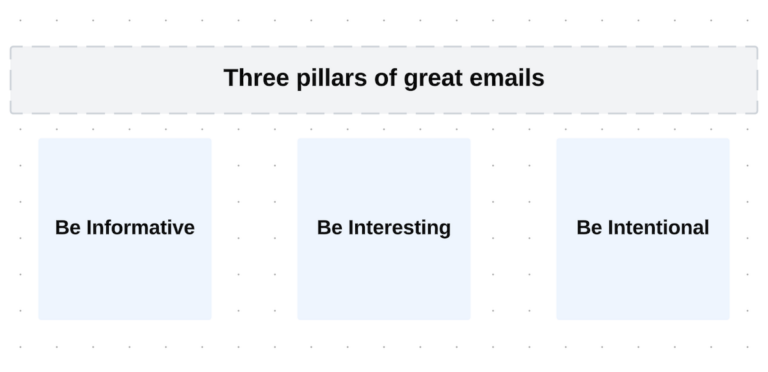
Every company has their own voice. It’s what makes them unique. Often captured within a “Style Guide,” all forms of outward communication follow a set of criteria to ensure consistency.
But while a company’s style may differ from one another, the attributes of great emails are usually the same.
In my personal experience, the best emails I’ve written or read have these three attributes:
- Informative
- Interesting
- Intentional
Be Informative
Remember, the goal of your emails is to continue the conversation with the buyer and build a relationship.
Your emails should introduce your company (centered around your mission), educate the buyer on the problem space, and then mention your solution (how your product or service solves that problem).
A valuable email leaves something behind for the reader. Prioritize the value within your content before your CTA.
Be Interesting
Let’s face the hard truth, most B2B content is boring.
Don’t be afraid to add personality to your content. At the end of the day, you are a person writing to another person – so be personable.
A requirement to being interesting is being informative, but the added layer is your delivery.
You can be providing the most impactful information out there, but if you can’t get your audience to read your content (because your copy is boring), then it’s wasted effort.
Just make sure you’re following your style guide.
Be Intentional
Every email should have a purpose. Period.
View your email nurtures like a guided tour for a prospect. Each email delivers valuable information that leads the buyer to the next topic.
For example, sending emails that introduce the problem, then sending those that mention the product category, and finally how to select a solution.
Eventually, enough interest is built around your content, that you provide an avenue for the buyer to express intent (either offering them to book a demo or create an account).
How to build effective SaaS email nurture campaigns
Your GTM motion is like an orchestra
I often view GTM teams (Sales, Marketing, Product) as an orchestra playing music.
Each group plays a different set of instruments – you have the trombones, the violins, and the drums. Within each group, there is harmony among players.
But the ultimate goal is to achieve harmony across the entire org – for everyone to play the same sheet music.
However, this doesn’t always happen, and this disconnect can be seen within email campaigns.
From Product to Marketing and Sales, it’s common to see different teams send emails to the same lead at overlapping times.
Five steps to building an effective SaaS email nurtures
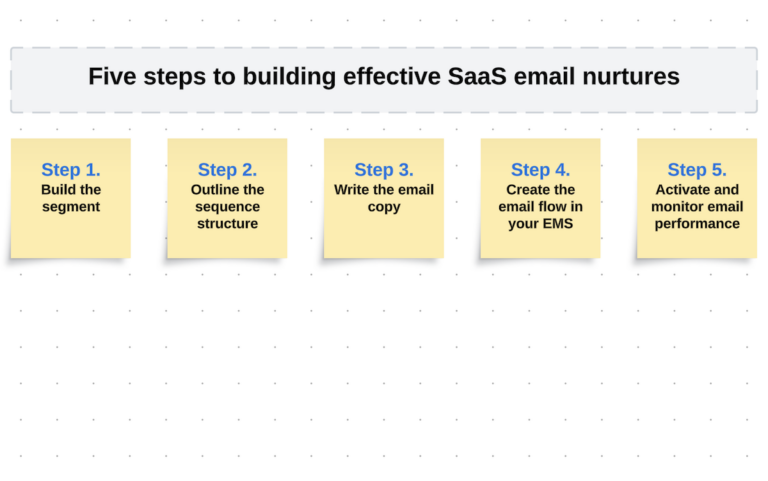
To avoid falling into the “Email Entropy” trap, here are five steps to follow to ensure your email sequences are organized across all your teams.
On a high level, here are the five steps to follow:
- Build the segment
- Outline the sequence structure
- Write the email copy
- Create the email flow in your EMS
- Activate and monitor email performance
Let’s dive into these steps in more detail.
Step 1: Build the segment
- Define the audience you’re emailing
- The critical piece here is identifying the data criteria of your audience
- Are these leads with certain personas, are they Qualified Leads or do they fall under a certain market segment (Mid-market vs Enterprise)
- Define the entry criteria for leads to be placed into the segment
- For example, if you’re sending emails to contacts on lost deals, then the entry criteria could be all contacts associated with a deal that was closed lost over 90 days ago
- Define the exit criteria for leads to be removed from the segment
- In our example of contacts on lost deals, you probably want to stop emailing these folks if an opportunity is created
Step 2: Outline the sequence structure
- Define the objective of the sequence
- Begin with the end in mind – start by defining the is the end goal of the email sequence.
- Are you nurturing leads to convert to paid subscriptions, book a demo, or attend a webinar
- Outline email journey
- Define the steps in the email journey that will guide the reader to a destination (your final CTA)
- Start by outlining the key content points in each email and the CTA
- Remember, your goal is to guide the lead toward self-selecting themselves into the buyer’s process. Each email should deliver value but also provide an avenue to express intent (through the CTA)
- Determine the sender
- Determine who will be sending the email. Is it the Head of Marketing, Head of Product, or the AEs who owned the opportunity This is a critical piece that’s often missed.
- The sender should match the content. If you are sending monthly product updates to keep all leads warm, perhaps the CEO or the Head of Product should send the email.
Step 3: Write the email copy
- Create the copy
- Now the fun parts begin. Remember, you don’t need to write new pieces of content. Find the blog content that hits on the key email points and massage it into an email format
- Create the brand assets
- Are there any brand assets like stock images or content images you are adding to the emails? Work with the brand design team to create these
- Run through an editorial process
- Once the copy is written, run through any content advisors or editors to ensure the emails match the “Style Guide” and meet the “Attributes of effective emails”
Step 4: Create the email flow in your EMS
- Build the segment in your EMS
- Use the data points you defined in Step One to build the segments
- Ensure that the entry and exit criteria are properly set up to add and remove leads from the segment
- Build the sequence in your EMS
- Create each step in the sequence and add the logic flows that route each lead to the right content
- Add the copy to the emails
- The last step is to add the copy to each sequence. Be sure to add the brand assets and set the right sender for the email as well
Step 5: Activate and monitor email performance
- Send a bulk one-time email blast to each segment
- Once the sequence is complete, the first step to activating the nurture emails is to send a one-time bulk email blast
- The goal is to get all existing leads onto the same email timeline to get the sequence rolling
- Then going forward, only leads who meet the segment and entry criteria will be added to the campaign
- Monitor the engagement rate
- To monitor the effectiveness of your email nurtures, start by tracking the trailing engagement rate of leads in your CRM. An example could be to track the 7-day trailing number of leads who clicked on an email
- Follow the attribution of opportunities
- The next layer of monitoring is to track opportunities influenced by email nurture. How many opportunities were created from a lead who entered an email flow?
Final thoughts
Nice work! By following these steps, you’ll be on your way to sending better email nurtures!
In the next article, I’ll break down the different types of email nurtures, the segments the target, and examples from companies.
In the meantime…
Stay up-to-date with the latest growth stories and curated SaaS content by subscribing to SaaS Weekly. Every Friday, we send you the best articles and case studies to inform your next growth strategy.
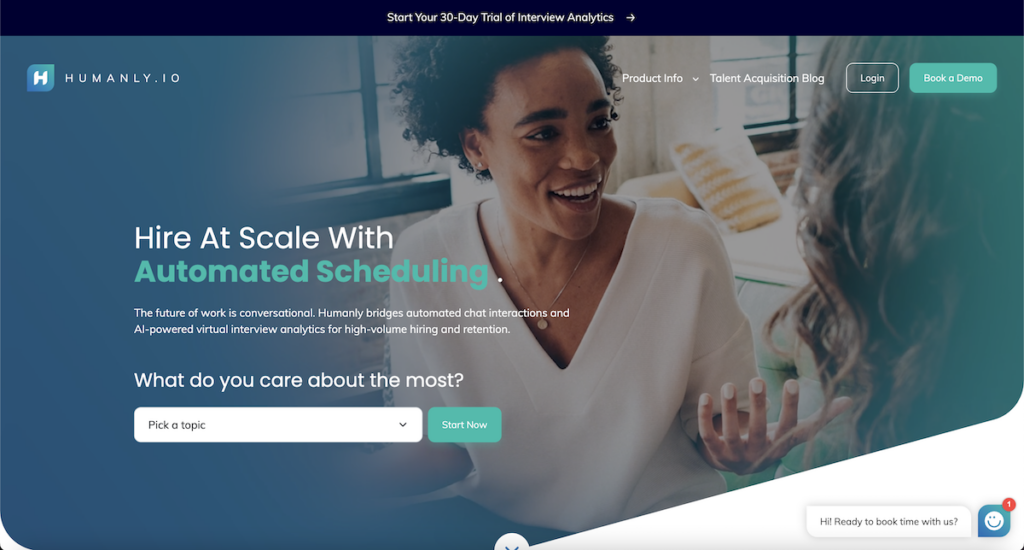
The Power of Partnership: How Humanly.io Builds a Product Moat in a Crowded Market
In this SaaS Weekly Growth Story, discover how Humanly.io uses an extensive partnership channel to scale its pipeline generation and strengthen its product moat.
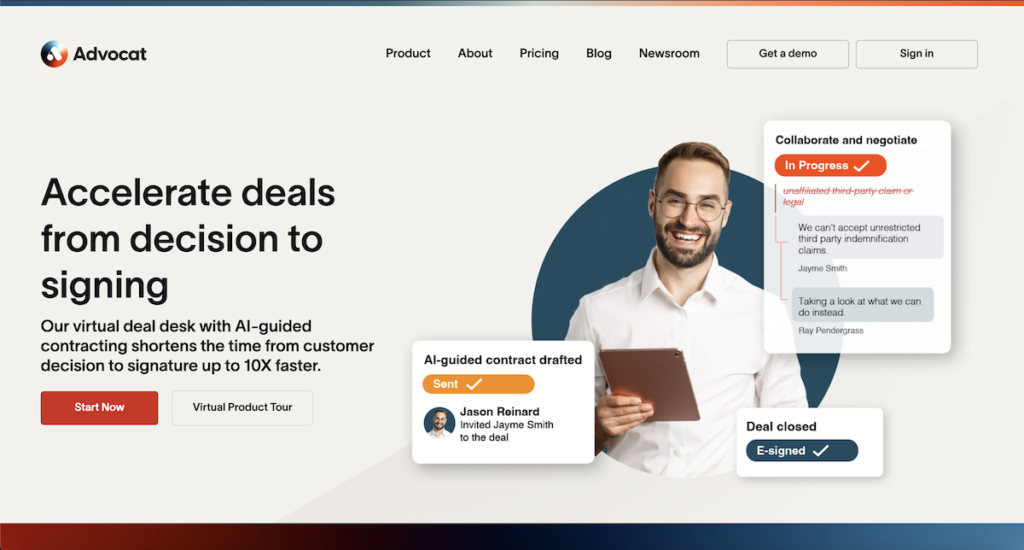
Building A $1M ARR Legal Tech Platform: The Advocat AI Growth Story
In this SaaS Weekly Growth Story, learn about how Advocat AI built a $1M ARR legal-tech platform by spending 12 months on customer discovery.
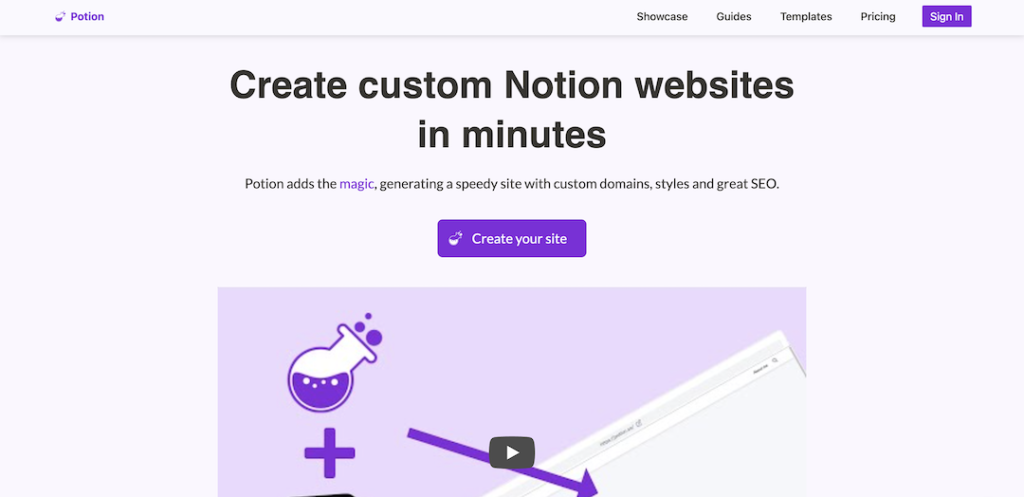
How Potion Used “Building in Public” to Gain Its First 100 Paying Customers
In this SaaS Weekly Growth Story, learn about how Potion.so used “building in public” to gain its first 100 paying customers.


